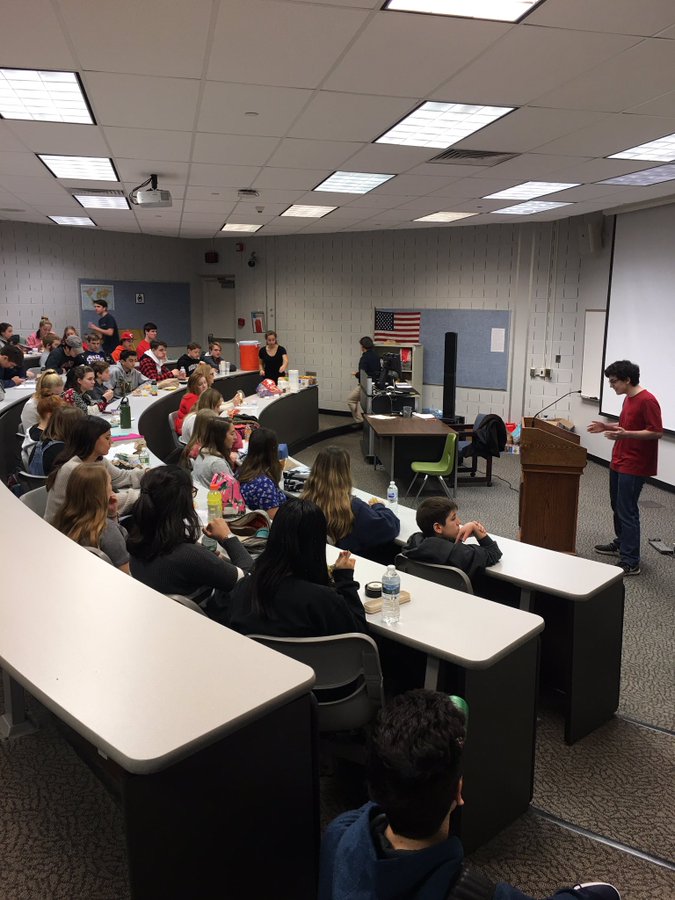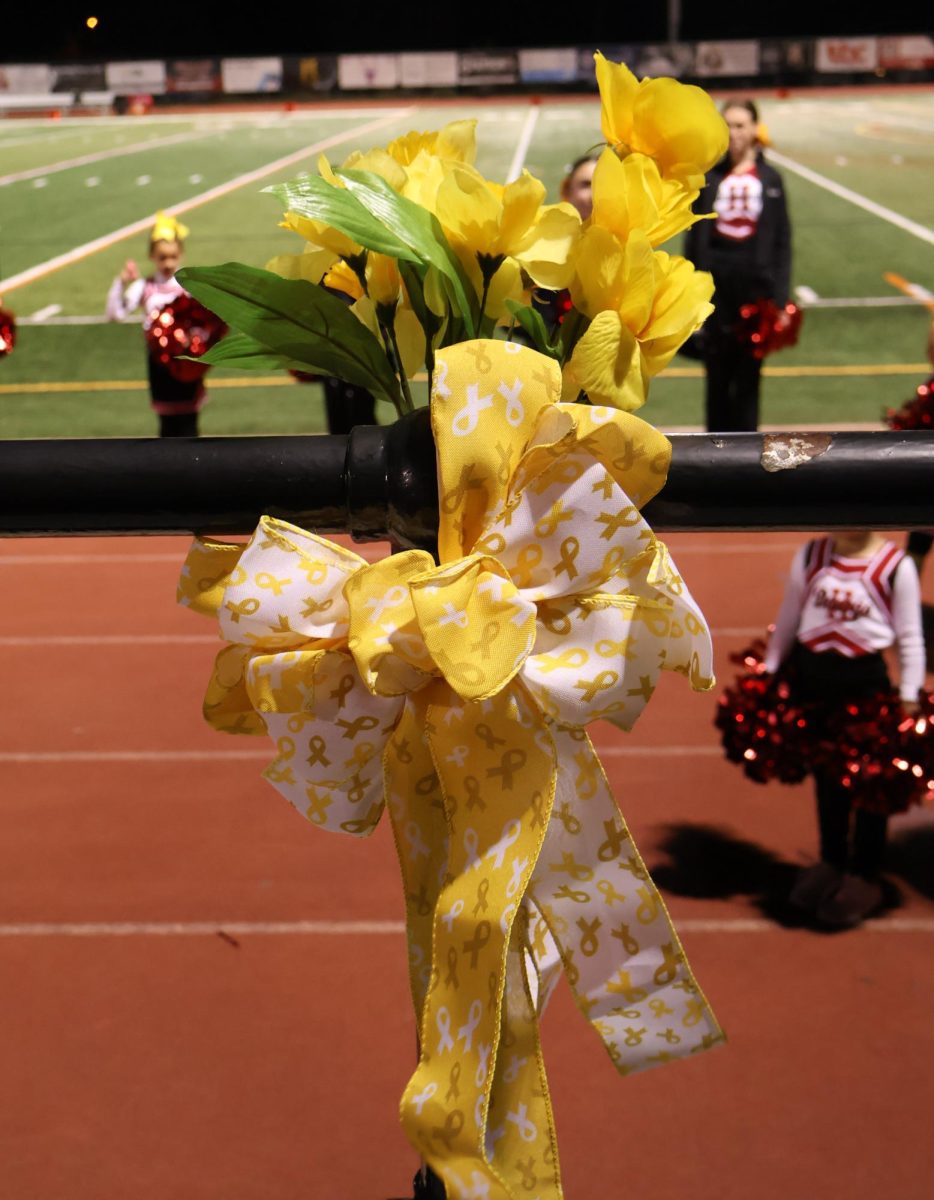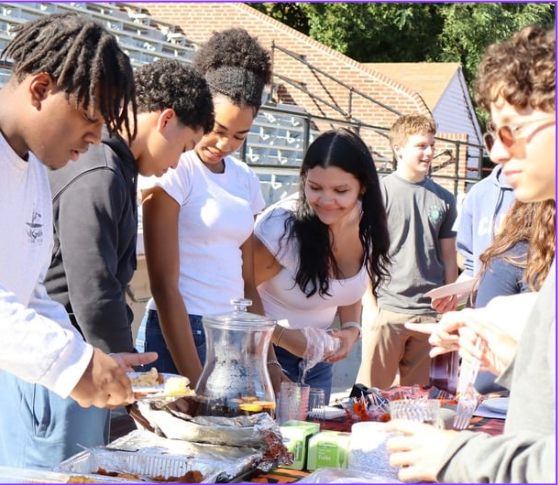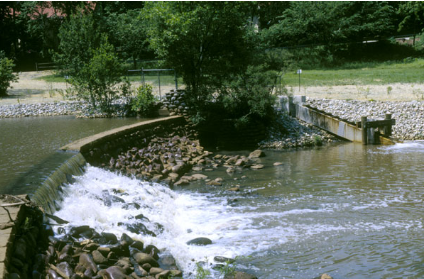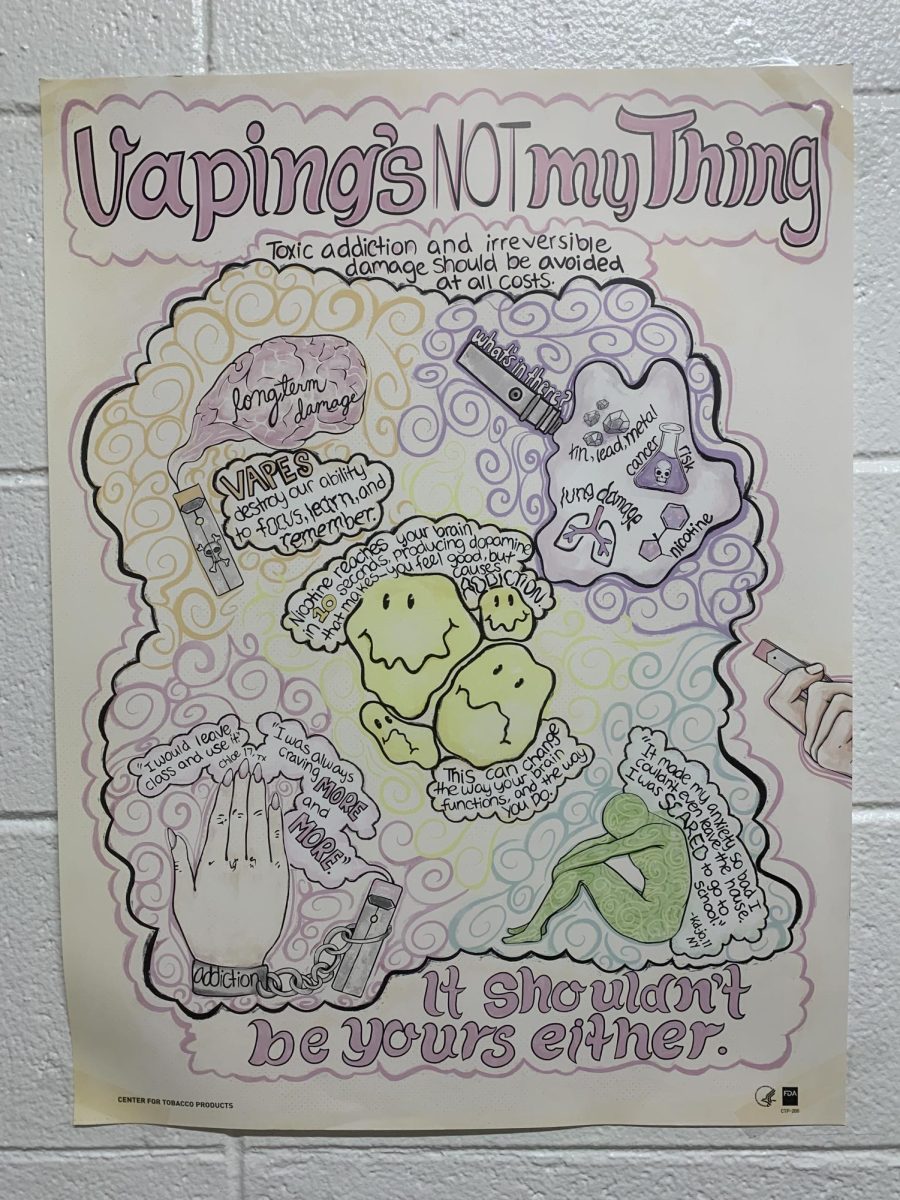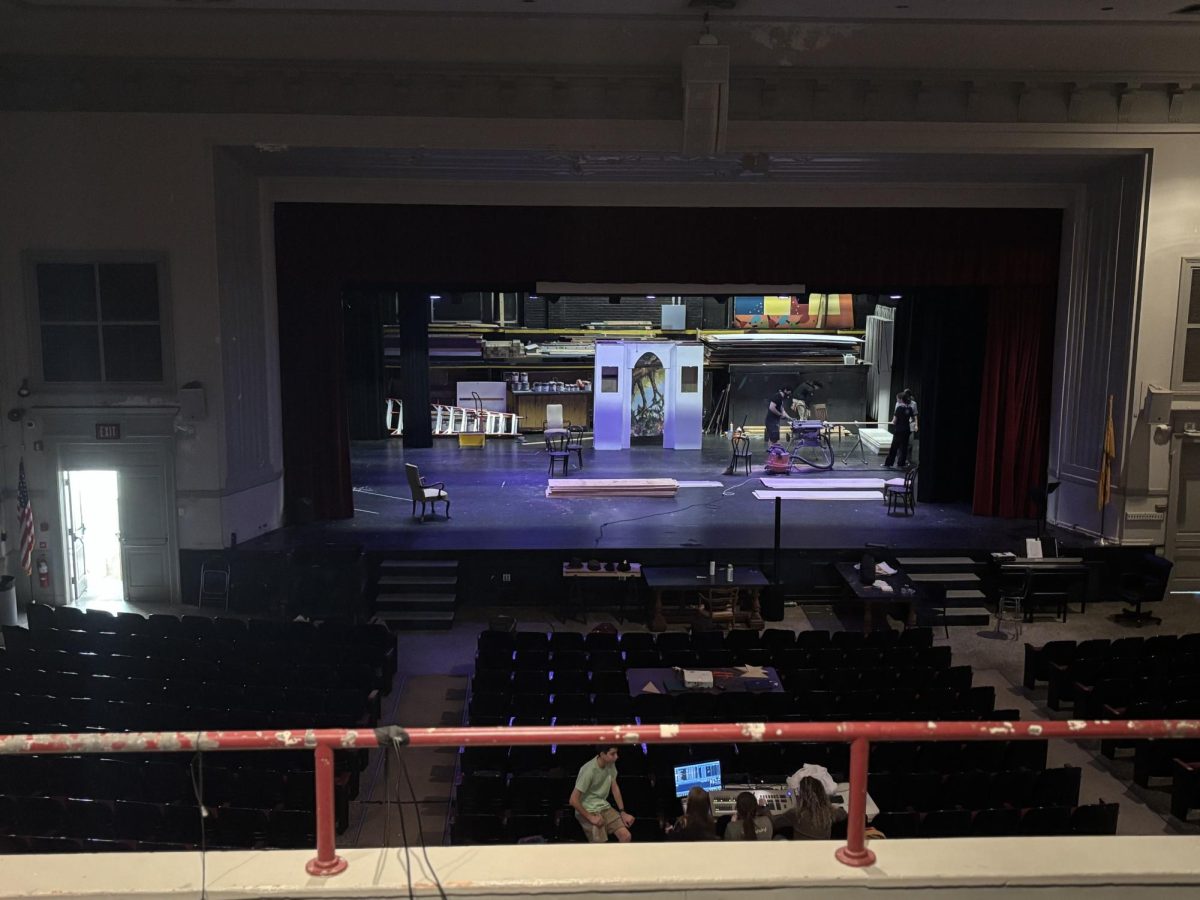Public Speaking Course Teaches Invaluable Skills
Public Speaking students participate in Dawg Talks in C8
February 15, 2020
Over the course of their high school career, HMHS students can take a dozen or more electives, and there are some that may leave a more lasting impact than others. A class that will be used for the rest of your life is Public Speaking. This class is very useful for any occupation that a person may choose. Whether a parent encourages their child to do this class, or whether the student chooses to take this class on their own, there is no doubt that Public Speaking will help with their self-confidence.
English teacher Ms. Welsh teaches the class with the help of Ms. Campbell, who is in for Mrs. Dickstein-Hughes. Throughout the semester-long Public Speaking course, students learn how to speak with confidence in a public setting. At the end of each semester, students must speak in front of a group of people and do a Dawg Talk. The topics can be anything; they can be issues about the school or something random. The Bulldawg Bulletin interviewed Ms. Welsh about Dawg Talks and asked questions about confidence when speaking in a public setting.
Bulldawg Bulletin: Explain the history of Dawg Talks. How did it originate?
Ms. Welsh: “About ten years ago, when a long-serving Public Speaking teacher retired, Mrs. Smart and I redesigned the curriculum and included Dawg Talks at that time. It was designed to give students a truly public speaking opportunity, instead of having them continually only in our own small classroom.”
BB: Dawg Talks have been around for a long time. Which have been the most memorable?
Ms. Welsh: “About three years ago, Drew Tomilson did an analysis on water fountains in the school. It relied on actual data (taking the temperature of each fountain’s water, measuring height of each water arc), it captivated the audience’s interest, and used humor effectively.”
BB: What is the “why” behind Dawg Talks?
Ms. Welsh: “Dawg Talks give students a public platform to talk about something
meaningful to them, just as TED Talks does (TED Talks was our model for the event).
It’s the culminating project of the year because it can often be more difficult to talk in front of such a large group; our class size is usually about 15, while 20 to 40 people may attend a typical Dawg Talk. We want students to take a chance to practice speaking in this more challenging environment.”
BB: Speaking in a public setting is very hard and can be nerve-wracking. People are
afraid that they will mess up and do something embarrassing. What advice can you give
to nervous public speakers?
Ms. Welsh: “Most people are nervous about public speaking, and that nervousness does not necessarily go away after they have taken the course. That is not surprising, given that Americans tend to name speaking publicly as their biggest fear. But our students learn strategies for managing that nervousness that are invaluable. And knowing that you completed the Dawg Talk is a great confidence boost; there are many adults that would struggle with that task, and students are rightfully proud of themselves when they finish it.”
BB: What if you didn’t get a chance to take Public Speaking (yet)? What advice would you give that any student can use?
Ms. Welsh: “Doing proper research and rehearsing your material over and over again is the best way to speak powerfully. Many TED speakers have noted they practiced their Talk more than a hundred times before performing; our Public Speaking students are advised to rehearse 15 to 20 times before they go to the podium. The better you know your material, the more confident and compelling you can be!”

